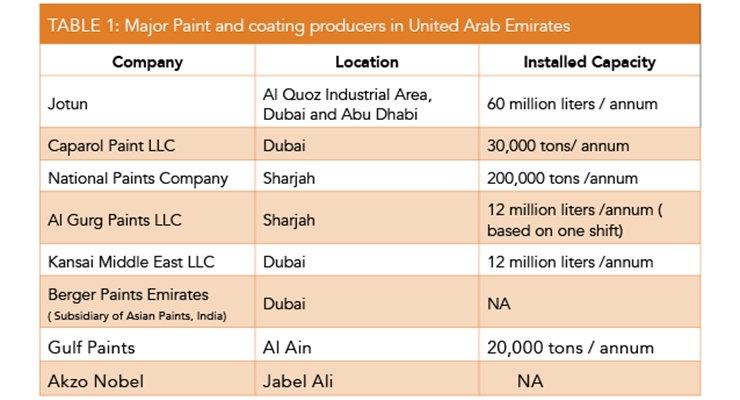Remember Of The Fundamental Paint Regulations To Ace Your Following Project And Avoid Costly Mistakes
Remember Of The Fundamental Paint Regulations To Ace Your Following Project And Avoid Costly Mistakes
Blog Article
Content Develop By-Ratliff Blevins
Guaranteeing a flawless paint task includes greater than simply getting a brush. From surface preparation to application methods, there prevail mistakes that can impede the end result of your paint task. By comprehending the dos and do n'ts, you can boost your outcomes and achieve a specialist coating. Let's explore several of the crucial mistakes to steer clear of when taking on your next painting venture.
Appropriate Surface Preparation
Completely preparing the surface area before painting is essential to make sure a smooth and resilient surface. Appropriate surface preparation is the foundation for an effective paint job.
Begin by cleansing the surface area to get rid of dirt, oil, and other pollutants that can impact the paint's adhesion. Make use of a light detergent and water solution, followed by washing and permitting adequate drying time.
Next off, evaluate the surface area for any cracks, openings, or flaws. Fill up these with a proper filler and sand them down till smooth.
After fixings, it is critical to prime the surface area. Whole House Painting Process helps the paint stick better, enhances shade uniformity, and offers included protection. Select a primer suitable for the surface area product and the kind of paint you'll be making use of. Permit the primer to completely dry completely prior to using the paint.
Finally, think about sanding the primed surface gently to make certain a completely smooth base for the paint application.
Choosing the Right Paint
Efficient option of the ideal paint is crucial for attaining a successful and resilient paint work. When choosing the appropriate paint, consider elements such as the surface area to be repainted, the room's feature, and the preferred surface.
For interior paint, latex paints are frequently liked due to their longevity, very easy clean-up, and low odor. On the other hand, oil-based paints are much better suited for high-moisture areas like kitchens and bathrooms.
Choosing the correct coating is also important. Level paints are optimal for ceilings and wall surfaces with blemishes, as they conceal problems well. Satin and eggshell finishes offer a mild shine and are simpler to cleanse, making them appropriate for high-traffic areas.
For exterior paint, acrylic paints are generally made use of for their climate resistance and versatility.
In addition, be mindful of the paint shade and its effect on the room. Lighter colors can make an area feel even more spacious, while darker shades add comfort. Always examine a little area prior to dedicating to a color to guarantee it enhances the area's illumination and style.
Application Techniques
When it concerns painting, mastering proper application techniques is important for accomplishing a smooth and expert finish. One fundamental method is to make sure that the surface to be painted is tidy and properly prepared. This involves sanding rough locations, filling out holes or splits, and applying guide if required.
Making use of the right tools is additionally vital. read page and rollers can make a substantial distinction in the final end result. When using a brush, use paint in smooth, also strokes in the direction of the wood grain or in long upright strokes for wall surfaces. For rollers, operate in workable sections and roll in a zig-zag pattern to stay clear of noticeable roller marks.
Preserving a damp side is an additional vital technique to prevent lap marks. This suggests maintaining a damp edge of paint as you work to blend each new section effortlessly with the previous one. Furthermore, when applying several layers, make sure each layer is fully completely dry prior to using the beside protect against peeling or splitting.
Mastering these application strategies will aid you attain professional-looking cause your painting projects.
Verdict
In conclusion, preventing usual painting blunders is necessary for accomplishing a specialist surface. Avoiding surface area preparation, using the wrong kind of paint, and rushing the application process can all adversely influence the outcome of your project.
By complying with appropriate techniques and taking the time to prepare, choose the best paint, and use it properly, you can make certain an effective paint task with long-term results.
